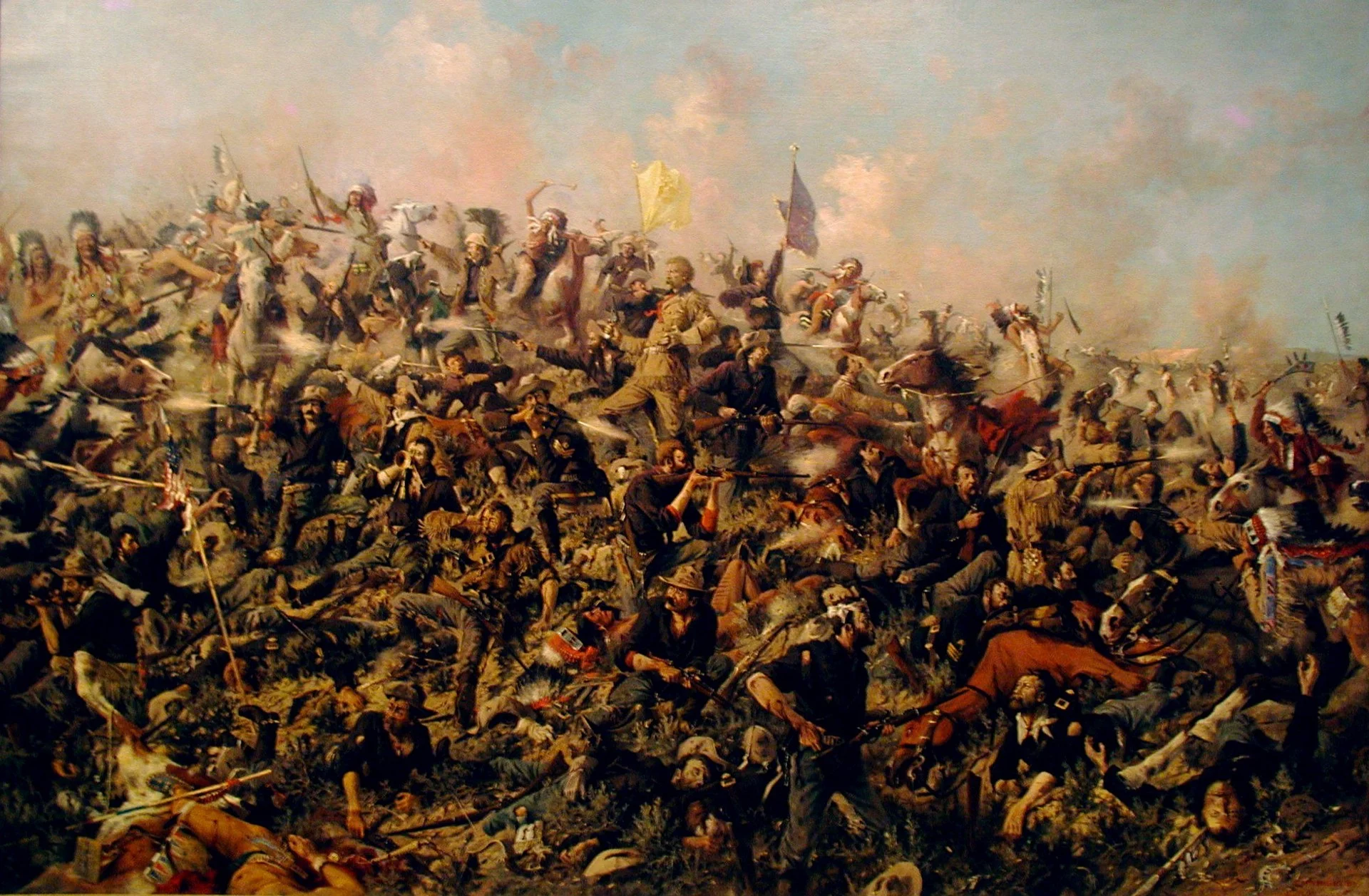This article is another in the series titled, The #Human Project: Professional Views on the Army’s Human Dimension White Paper.
I am certain that a lot of people will focus on the validity of the recommendations within The Human Dimension White Paper, so I won’t waste too many words with that aspect; implementation of the recommendations presented therein will almost certainly result in more capable forces — a desirable outcome. Regardless of my general support for the conclusions, there are two points about the argument that serious students and practitioners should take at least a few moments to consider.
First (and foremost), the underlying premise of the main argument is deeply flawed. As we did not learn this from such practical lessons as the Battle of the Little Bighorn (at the tactical level) and the Second Indochina War (at the strategic level), I will try something different here. Sports analogies are often overused, but they sometimes provide sufficient parallels to convey an understanding that mere theoretical conjecture cannot:
The Army and Navy football teams faced each other on December 2nd, 1950 in Philadelphia’s Municipal Stadium. 2nd ranked Army arrived as a twenty-one point favorite to win, having won the previous seventeen games in a row; unranked Navy arrived with a 2–6 record for the year. Despite the apparent imbalance, Navy completely shut-out the powerful Army offense and delivered the cadets their first loss in twenty-nine games. While the cadets possessed a technically superior team and the potential to earn a victory, they approached the game expecting to be handed a victory against an inferior opponent; when that opponent failed to act as they were supposed to act, everything fell apart for the cadets. [1-7]
The critical fallacy exposed by these earlier conflicts is the belief that the United States possesses (or can possess) an unbeatable might that allows it to “retain overmatch” of adversaries.[8] As Army doctrine stems primarily from the teachings of Jomini, it is not surprising that such a belief as this remains popular — but it is, simply, untrue. As Clausewitz posited and events throughout history have shown, the role of chance in the outcome cannot be completely removed. Aggravating this, approaching any task feeling assured of certain victory will lead to underestimation of adversaries, insufficient preparations, and other mistakes that increase the risk and likelihood of failure.
Contrary to the way it is presented, “optimized human performance” is not the ENDS we seek but rather one of the WAYS to support what *should* be our ENDS: the capability and capacity to fight and win our nation’s wars.
Second, the white paper does not present a novel strategy as the solution described is inherently identical to the methodology that it purports to replace; it merely suggests altering the MEANS. Developing a force with “a decisive cognitive edge [and] physical supremacy” is effectively the same as maintaining a “superior industrial base” to “maintain a decisive edge over any adversary.”[9] The resulting argument is that we need more superiority — a solution that simply increases means required while relying on the existing strategy based upon faulty principles.
The use of the Art Lykke model was somewhat confusing, due in part to the lack of explanation on the ENDS beyond a sentence in the concept and the lack of discussion on RISK inherent in the system. Contrary to the way it is presented, “optimized human performance” is not the ENDS we seek but rather one of the WAYS to support what *should* be our ENDS: the capability and capacity to fight and win our nation’s wars.[10]
Some good may come of implementing the recommendations, but this will only serve to strengthen the concept that has already been in place for years without addressing the underlying issues that will continue to affect us. While appropriate for the speech of reminiscing grandparents and election campaigns, belief in our own superiority is not the cornerstone upon which we should build our military strategy. If we are truly interested in affecting a positive change, we need to stop our vain efforts to remain #1 in our own eyes and conduct a serious analysis of our strategy from the perspective of a nation striving to maintain our national interests in the face of highly competent adversaries who are actively working against them.
Chris Rapp is a U.S. Army strategist. The views expressed here are the author’s alone and do not reflect those of the U.S. Army, the Department of Defense, or the U.S. Government.
Have a response or an idea for your own article? Follow the logo below, and you too can contribute to The Bridge:
Enjoy what you just read? Please help spread the word to new readers by sharing it on social media.
Notes:
[1] “1950 Army Black Knights Football rosters, game schedules, photos, articles, and videos | Fanbase,” Fanbase, http://www.fanbase.com/Army-Black-Knights-Football-1950 [accessed 16 November 2014].
[2] “1950 Navy Midshipmen Football rosters, game schedules, photos, articles, and videos | Fanbase,” Fanbase, http://www.fanbase.com/Navy-Midshipmen-Football-1950 [accessed 16 November 2014].
[3] “1950 Final Football Polls — College Poll Archive — Historical College Football and Basketball Polls and Rankings,” College Poll Archive, http://www.collegepollarchive.com/football/ap/seasons.cfm?seasonid=1950#.VGj7w5UtCM8 [accessed 16 November 2014].
[4] “7. Army over Navy (1950),” Bleacher Report, http://bleacherreport.com/articles/510861-50-greatest-upsets-in-college-football-history/page/45 [accessed 16 November 2014].
[5] “1949 Army Black Knights Football rosters, game schedules, photos, articles, and videos | Fanbase,” Fanbase, http://www.fanbase.com/Army-Black-Knights-Football-1949 [accessed 16 November 2014].
[6] “1948 Army Black Knights Football rosters, game schedules, photos, articles, and videos | Fanbase,” Fanbase, http://www.fanbase.com/Army-Black-Knights-Football-1948 [accessed 16 November 2014].
[7] “1947 Army Black Knights Football rosters, game schedules, photos, articles, and videos | Fanbase,” Fanbase, http://www.fanbase.com/Army-Black-Knights-Football-1947 [accessed 16 November 2014].
[8] United States Army Combined Arms Center, “The Human Dimension White Paper / A Framework for Optimizing Human Performance,” 09 October 2014, 7.
[9] Ibid., iii and 7.
[10] Ibid., 14.


